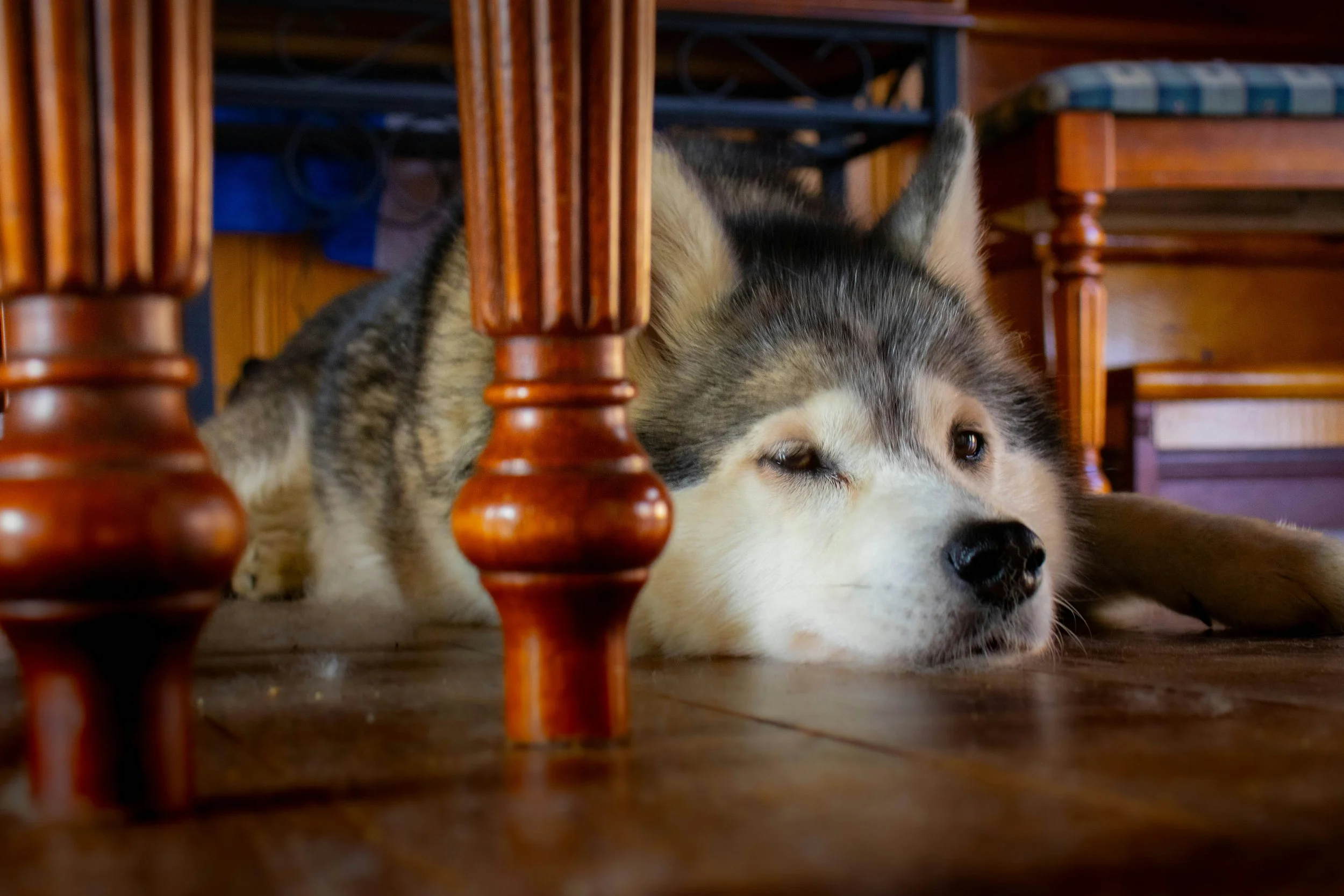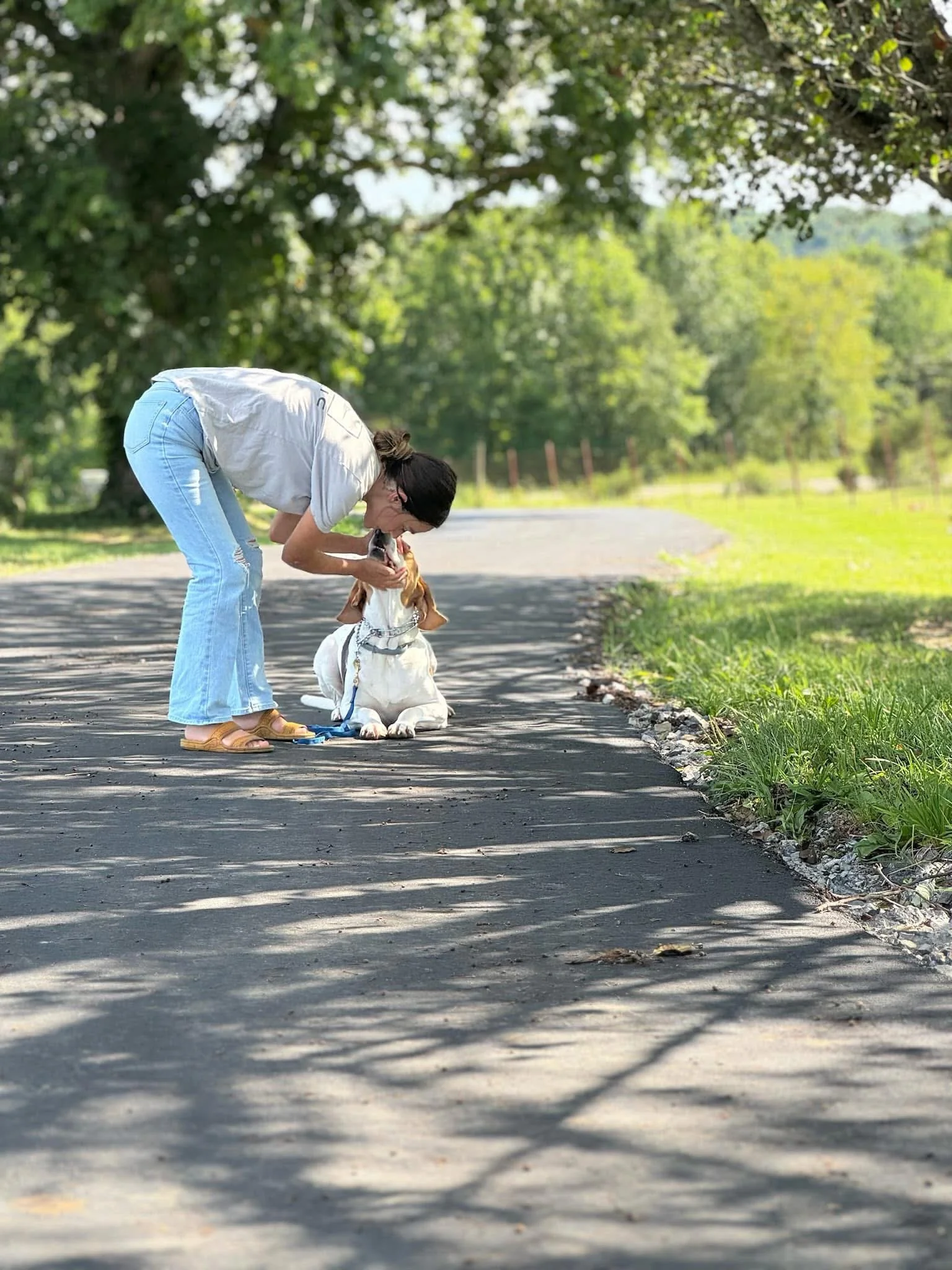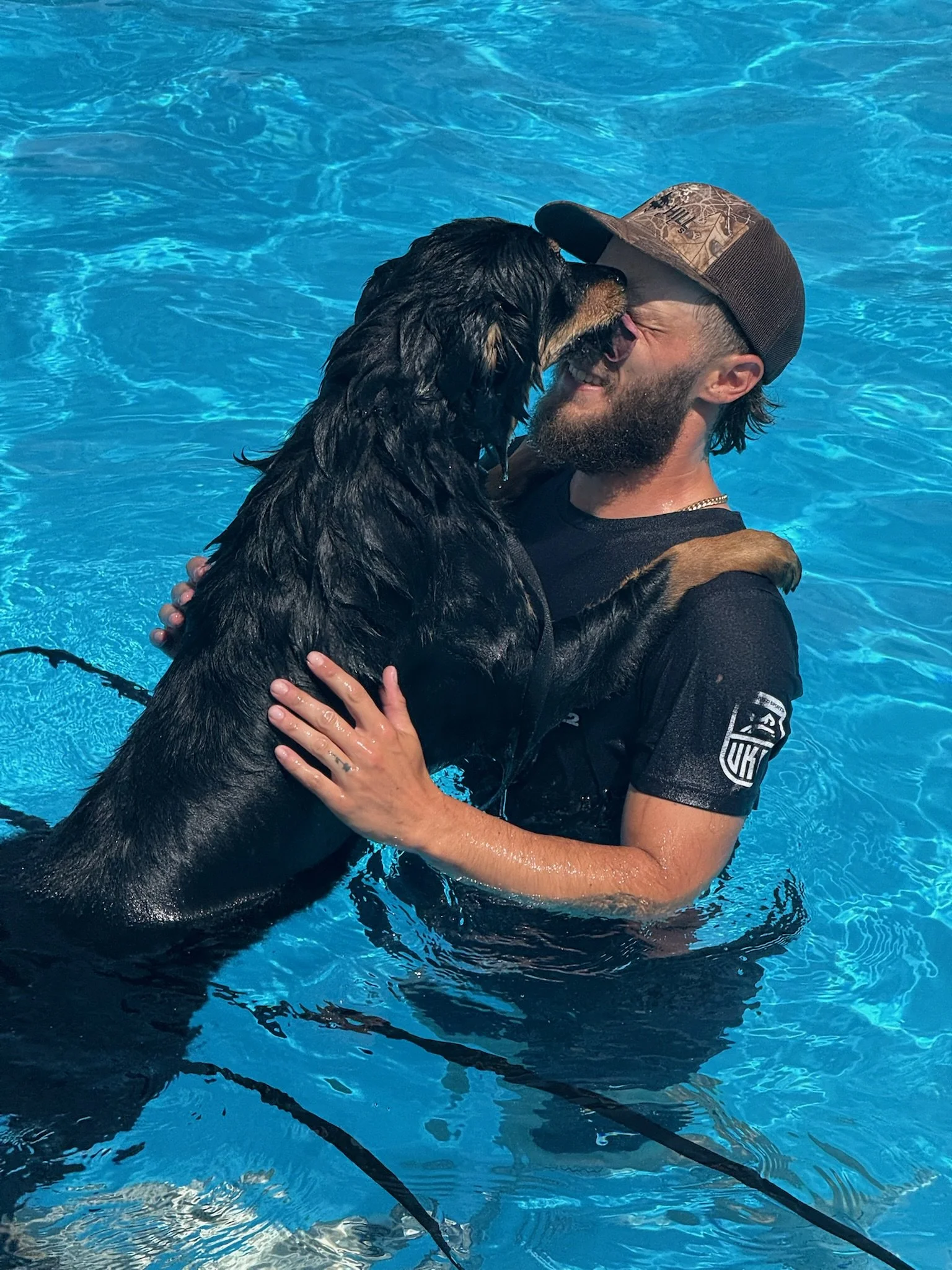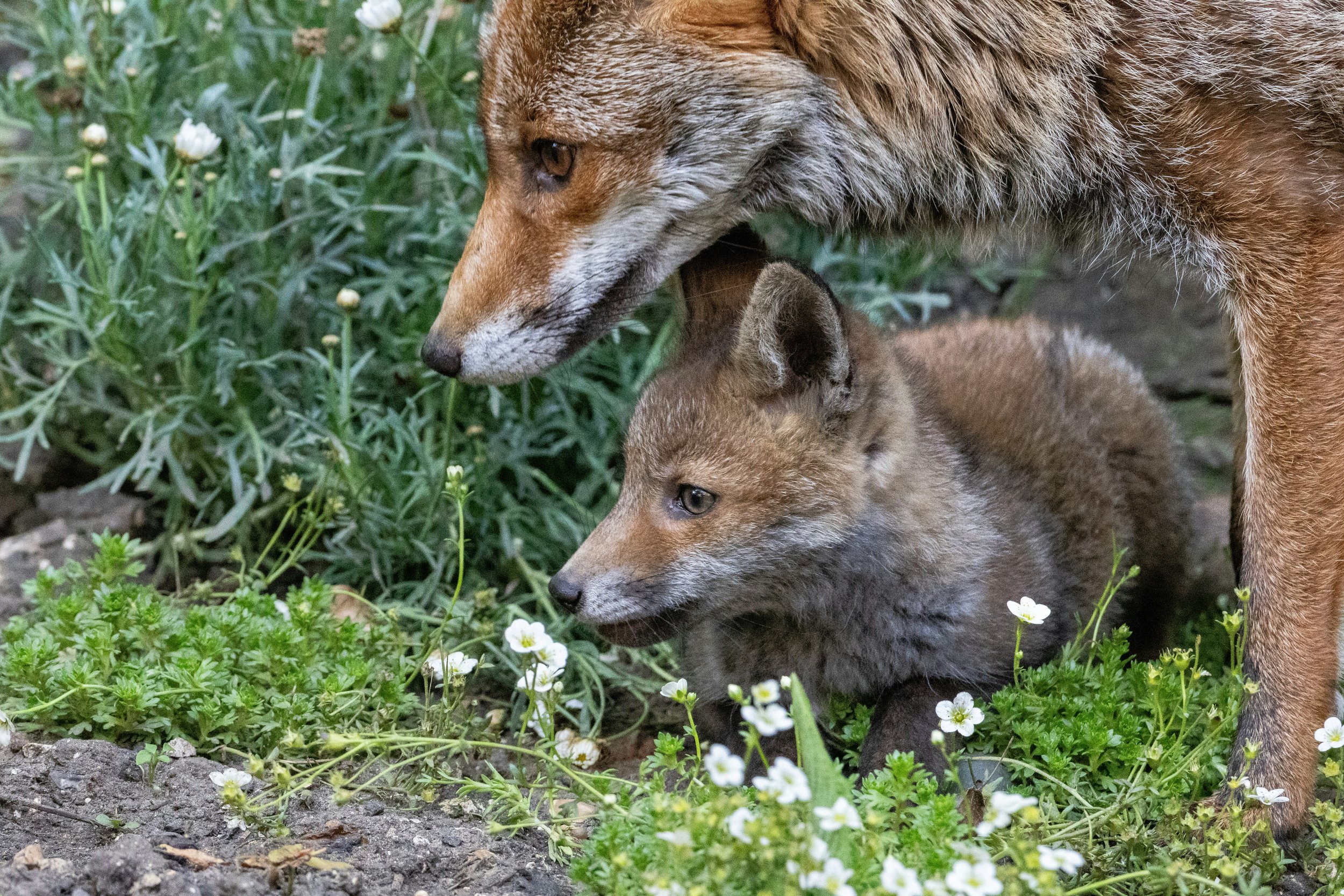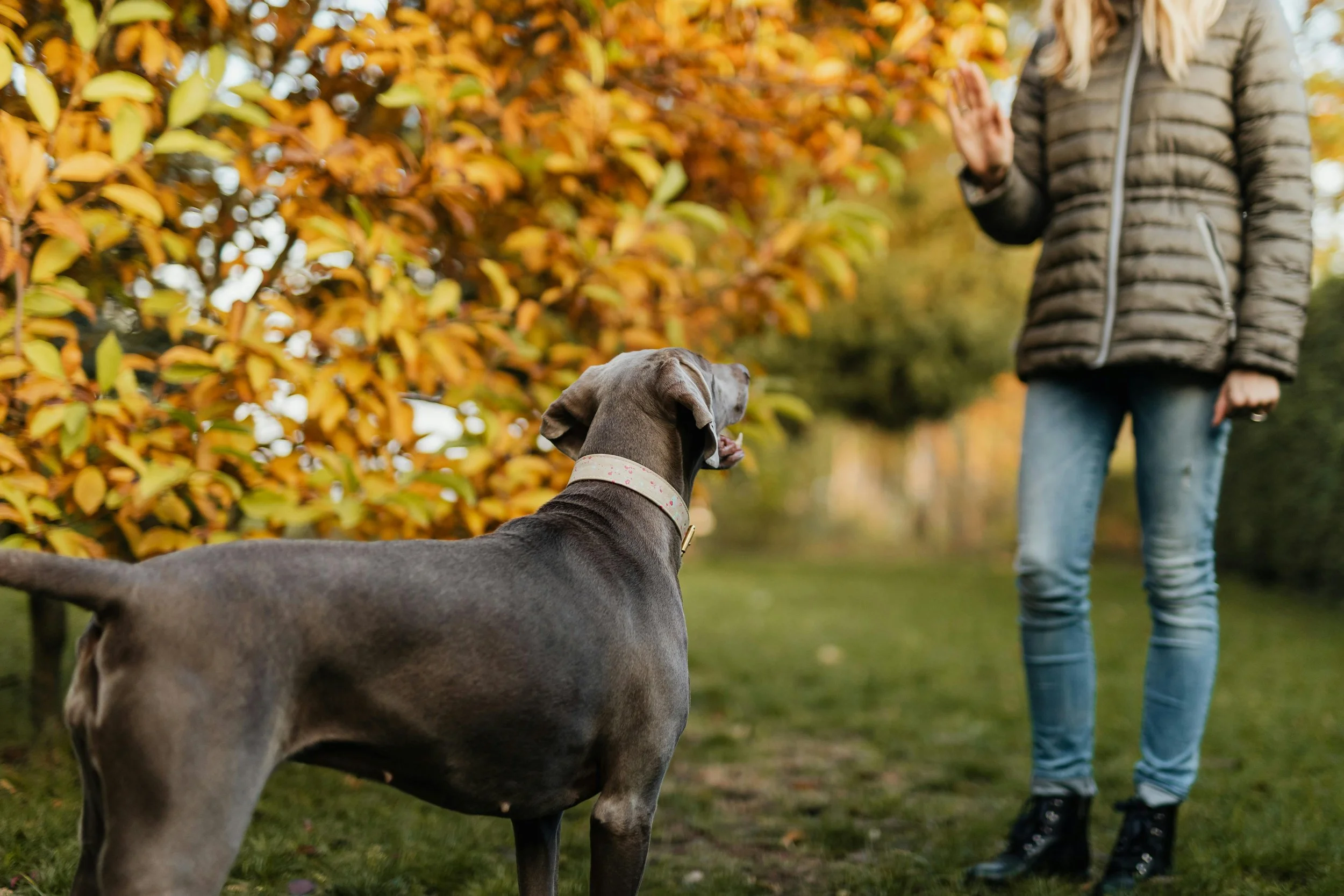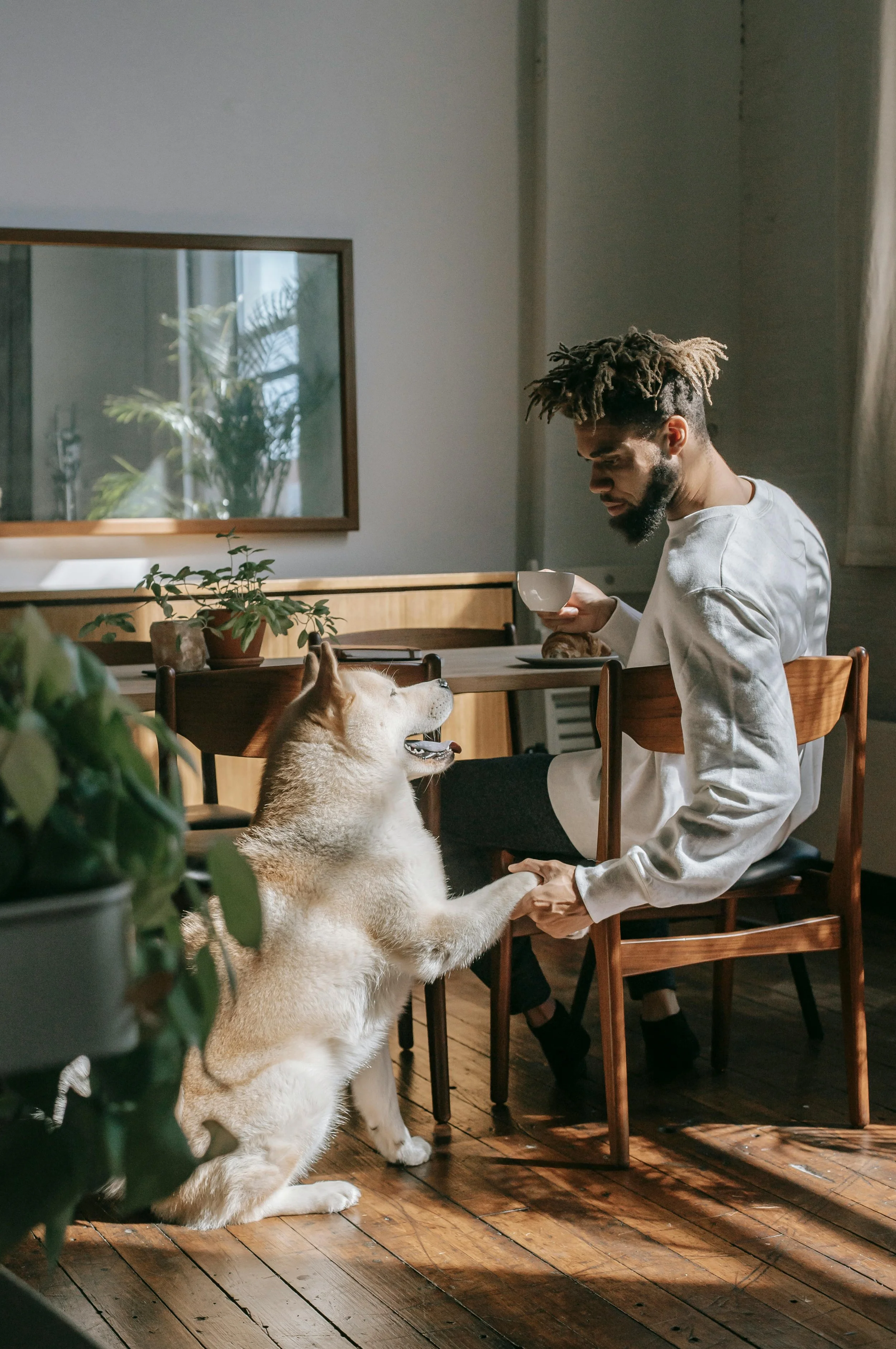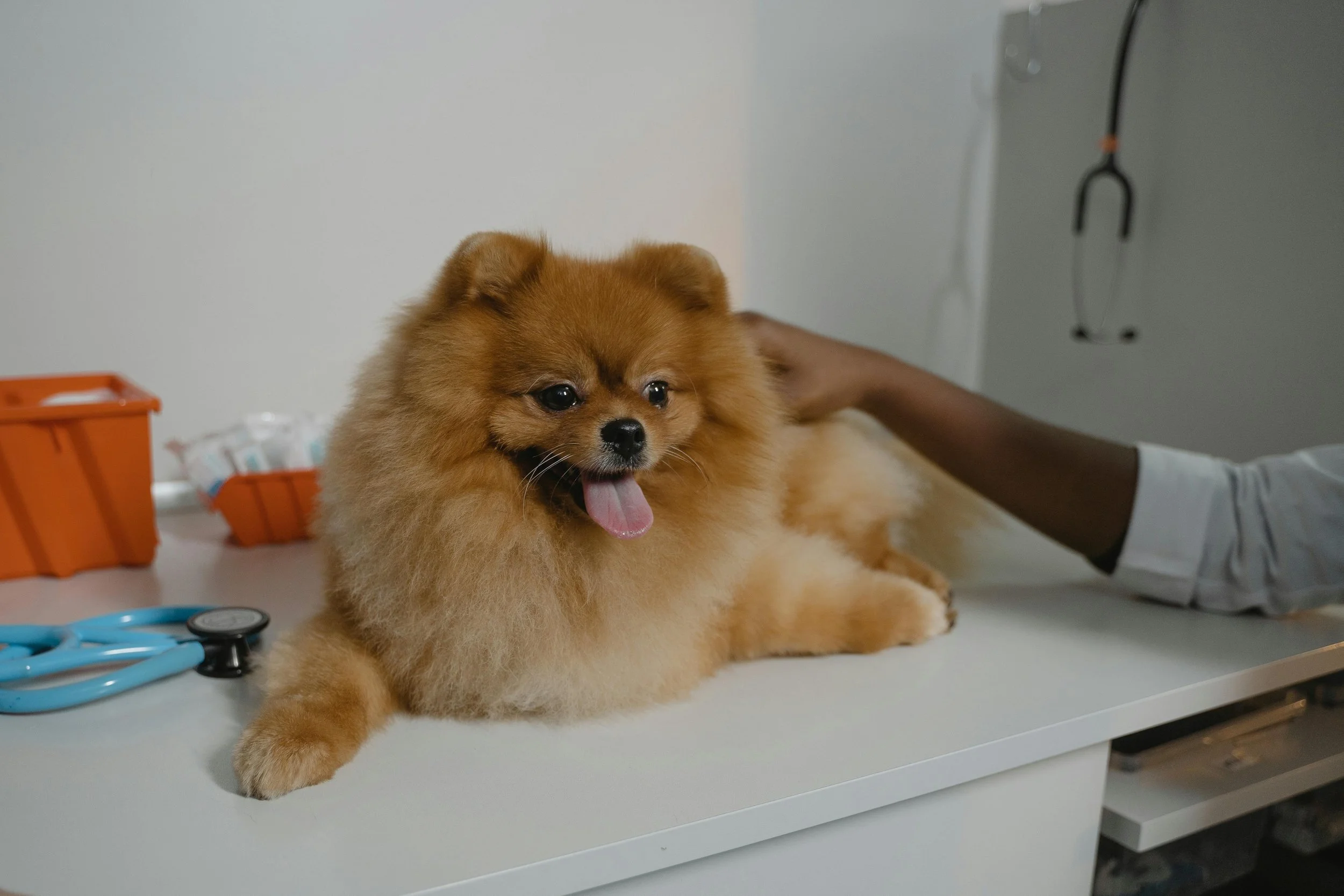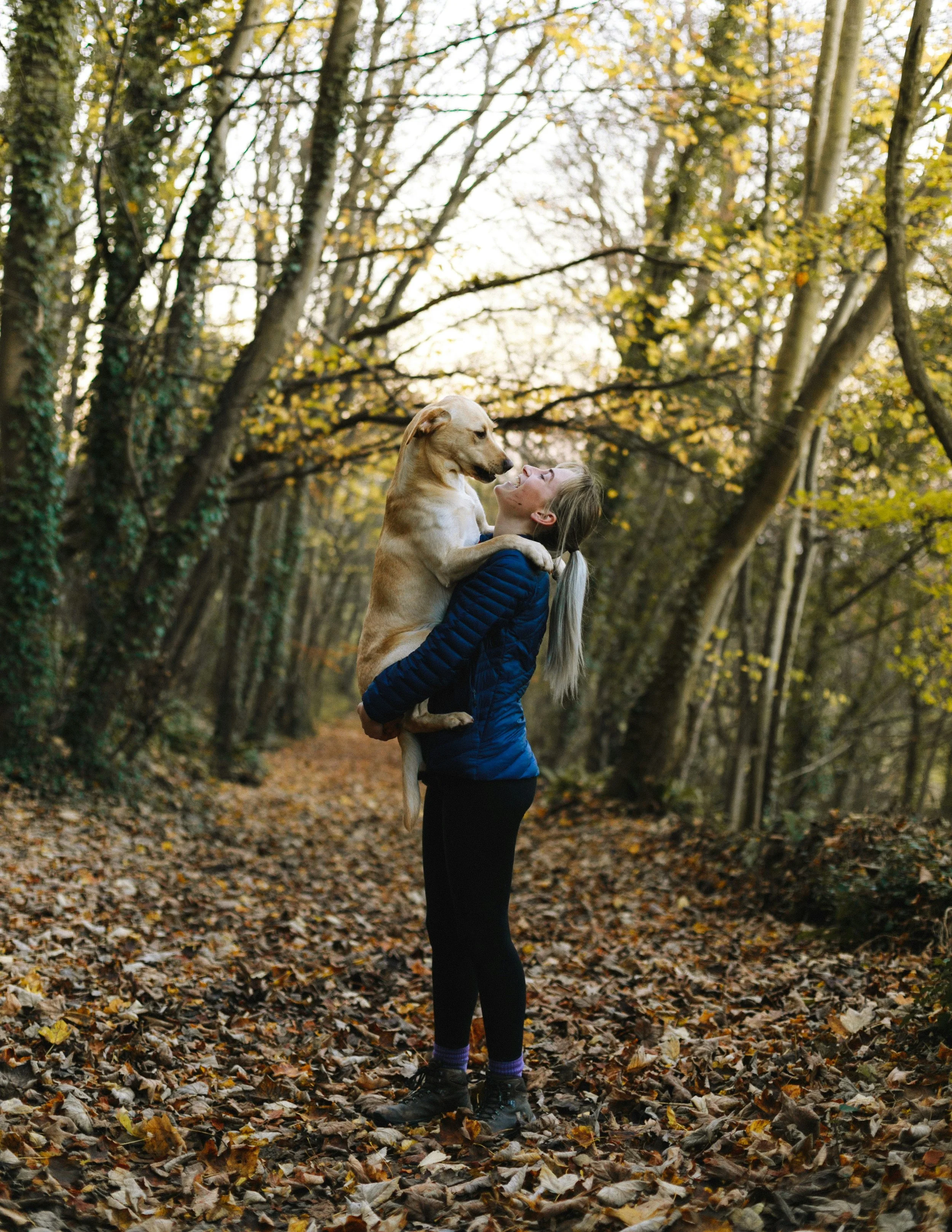🐕 Should You Discipline Your Dog?
When you bring a new dog into your home, it’s easy to envision the perfect life you’ll have together.
Long walks with them by your side, road trips with adventures along the way, doggie dates at the dog park, and nighttime cuddles as you unwind from the day.
It all sounds ideal but, what happens when your dog has other plans?
According to Sam Wolf, dog trainer and owner of Wolf Hill Kennels, which serves the greater Nashville area, not all is lost. We just need a way to better understand our dog’s needs and communicate ours.
To do so, a balanced training approach might be the answer, as it helps create “a balanced life for your dog, emphasizing obedience, athleticism, and behavioral modification while never overlooking the importance of love, companionship, and family bonds.”
When life threw a curveball, Sam trained dogs
“I just grew a big love for all of the animals as I became more involved with everything. The training just made sense to me.”
Getting into dog training wasn’t a part of Sam’s plan. An athlete to his core, his commitment to baseball led to a college career–and an injury that would take him away from the sport indefinitely.
Not knowing what to do next, his wife, Mya, suggested he come work with her.
Mya, having an extensive background in training and showing dogs since childhood, was currently working at a kennel.
Once Sam joined the team, he got to work fixing up the property and tackling various projects that needed attention.
It wasn’t until he started interacting with the dogs in a more intimate setting that he finally understood his wife’s passion for training.
And with his athletic background, the concept behind dog training just clicked for him.
“I love the problem-solving of everything. There's a lot of different areas of dog training you can get into, like protection and bite sports. I've done a lot of that, being the decoy or the helper…
But I always liked the training aspect of it–getting different dogs every day, or the same dog that has a new problem–and trying to figure out what's going to change that or get them to the next step.”
The real goal behind training
“Sometimes, people forget that we're working with animals. They have their own wills and devices and wants and needs and all those things… And just like us, every dog’s different. We have to make sure that we guide them through all of those factors.”
Getting a dog to respond to a basic command like “sit” or “speak” feels like a fun trick, but the need for training runs deeper than that.
A lot of the issues dogs have at home can stem from things such as poor breeding practices or learned behaviors from past experiences.
It’s easy to feel stuck when we’ve got a dog that has a bunch of quirks… And we don’t know how to address them.
“Being able to help that percentage of people who really just have nowhere to go, and don't know what to do, and they don't want to lose their dog… That’s why we’re here.”
With guidance from a trainer however, we can work with them and start setting them up for success.
“A lot of it comes to learning how to manage them. A little bit of constructive work with the dog and a little bit of routine can drastically change how people view their dog and it drastically changes the home life of the dog too.”
Ultimately, training like this helps give the dog guidance and structure–something their ancestors naturally had in the wild.
Your dog wants to be trained!
“Dogs are great but at the end of the day, they're still animals. You have to make yourself somewhat important to them. The less of a figure you are in your dog's life, the less they're going to care about what you want. They're going to do what they want.”
When we take a look at nature, the fact is, dogs actually are trained. Just not by humans.
With domesticated dogs, we keep puppies with their mothers for at least 8 weeks… Not just for their health but because that’s how they learn about the world.
In the wild, foxes, coyotes, and wolves don’t separate from their mothers until they’re at least 6 months old.
Either way, it’s during these formative years that the pups learn how to exist.
“In the wild, if one of the pups is being a punk, the mom is going to correct that one. And it's not soft–it's full-on mouth on the dog and throw them to the ground really quick.”
It might look harsh, but it’s how they communicate. And like humans, it’s in those adverse moments where they learn what not to do.
“...When you face adversity and when you get very uncomfortable, you have to figure out life, or life just sucks.
What comes from that and what happens after that is really important. It sticks in your brain.”
Training allows us to step into that leadership role with our dog, giving them guidance and helping them figure out what’s okay or not.
And without training? We simply become invisible to the dogs.
“If you don't make yourself a part of the dog's life, and especially if you have a couple of dogs, they're going to make their own environment… And you’re going to be secondary to all of that.”
How balanced training strengthens your bond
“With a lot of the behavior stuff, we can teach them just to do a couple things. Then, when they decide not to do those things, you tell them, ‘No, don't do that... do this instead.’
It's really easy, because A) you're telling them, don't do the behavior you don't want. It’s incorrect or it's rude.
But B) it's also really fun when we do the thing that we've taught you to do.”
Training isn’t just about getting a dog to do what you want, it’s about building companionship and connection with each other.
Working with your dog is going to help solidify the bond you have. It helps build trust, instills a sense of cooperation, and nails down how you communicate with each other.
It also creates structure and expectations, which can help a dog feel more safe and secure with their owner.
It’s all about finding a balance: rewarding the desired behaviors while also correcting the undesired ones.
“It leads into a conversation with people who are like, ‘I don’t want to correct my dog.’ Or they might be nervous to use a slip lead or a stimulating collar.
But think about how minimal that is compared with what would be happening in nature. We can control how we use these devices and tools.”
Teaching your dog what to do and then putting them in various scenarios so they know how to do it correctly gives you endless opportunities to reward, or correct, when needed…
And it solidifies that you, their human, are there to guide them through any situation.
Because, as Sam reminds us, we’re bringing dogs into a world they’re not instinctually used to and the way they want to react might not be okay anymore.
“With all these areas we’re making dogs fit into within our modern society life, instead of going and doing their thing with other dogs, they have to learn that there's certain circumstances that are now incorrect.”
The transformations that come with training
“It makes life better. You understand your dog better, you understand what they're needing, and what you're needing, and how those can come together instead of collide.
And a lot of times, you get a different dog when you just work with them… It'll change how the dog is in general and how they see you.”
Training might seem selfish in a way, making dogs do what we want, when we want. But there are instances when their behaviors may be unsafe or stressful when unaddressed.
Think about a vet visit. What if you brought your dog in for an annual check up and they growled at all the other dogs in the waiting room?
That would be stressful for everyone involved, both dogs and humans!
Training can address that. It can help your dog understand that those other dogs aren’t a threat and there’s no need to be reactive toward them.
“People will text and be like, ‘Oh my god, we went to the vet, and it was amazing. He did great, he sat there, he was fine, he didn't yell at the other dogs… We went in and he let the vet do his thing. Before, it was just this stressful, chaotic ordeal.’”
Moments like this can be transformative for the pet parent too.
Especially in situations where the behaviors seem impossible to address and the owner is at wit’s end, experiencing wins makes them feel good. Both about themselves, and their dog.
“It's that little light bulb moment when they realize, “I can do this and the dog can do it.’ A lot of times, it's just making sure the owner's holding the dog accountable at this point, because the dog knows what they're doing.”
Getting started with training at home
“Make yourself a little bit more apparent to the dog and it just changes immediately. You become important to them. Sitting down and getting the dog to respond to their name is a great way to start that process.”
The idea of training can seem overwhelming but Sam’s got a simple way to start strengthening the bond you have with your dog that can be done right at home.
Get a slip lead and some irresistible treats and head outside. You can even just hang out on the front porch or right outside the door.
Once there, your dog will likely be focused on everything going on around them–the sights, sounds, smells, everything.
“And we just say the dog's name. If they don't turn around, you can use a little bit of leash pressure and when they turn around, you say, ‘Yes,’ and hand them the treat. Working with your dog in itself is going to create a bond.”
Keep their progress going, no matter what
It takes a lot of time, energy, and patience to build a strong connection with your dog through consistent training.
But if something were to happen to you today, where would your dog go?
Would they end up with someone who’s willing to give them the life they’ve come to love and expect?
Putting a Cotl plan in place ensures your pet is taken care of, just the way they’re used to, no matter what happens to you.


